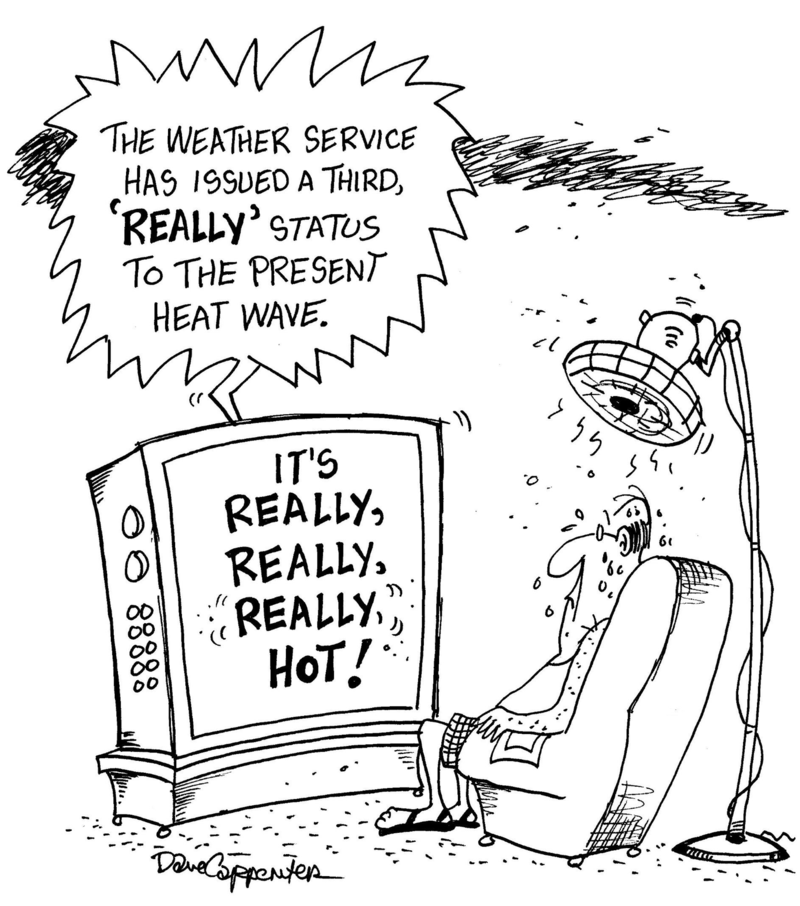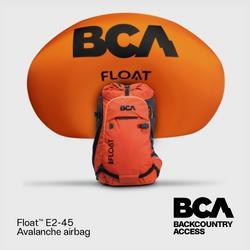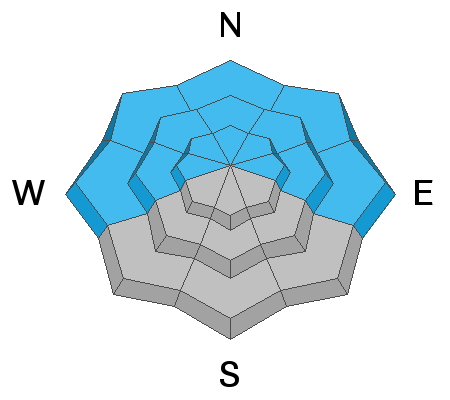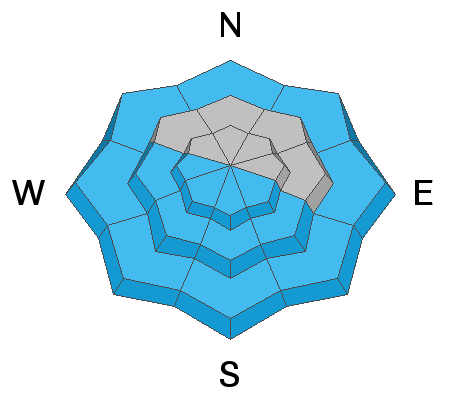Forecast for the Salt Lake Area Mountains

Issued by Trent Meisenheimer on
Wednesday morning, March 23, 2022
Wednesday morning, March 23, 2022
A MODERATE avalanche danger exists on steep west to north to east facing aspects at all elevations. Here, you can trigger avalanches 1-3' deep that fail on a persistent weak layer of faceted snow.
There is also a MODERATE avalanche danger on all aspects at the upper elevations for pockets of wind-drifted snow.
On steep southerly facing terrain, and low elevation northerly terrain the avalanche danger will rise to MODERATE for wet-loose avalanches as mountain temperatures warm during the day.
On steep southerly facing terrain, and low elevation northerly terrain the avalanche danger will rise to MODERATE for wet-loose avalanches as mountain temperatures warm during the day.
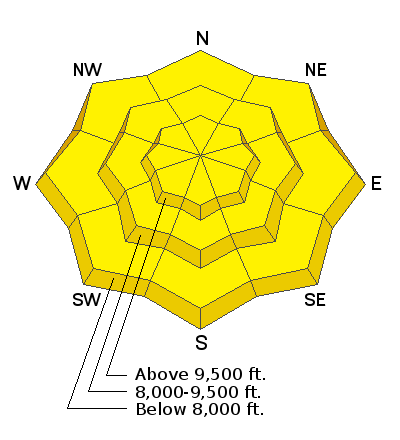
Low
Moderate
Considerable
High
Extreme
Learn how to read the forecast here



